20 X 36 Door For Sale – In conclusion, the market for second-hand goods for sale is an ever-growing and dynamic space that offers numerous benefits to both buyers and sellers. Additionally, brick-and-mortar thrift stores and consignment shops provide a more traditional avenue for selling second-hand goods. In a sense, the very nature of human existence can feel like a transaction. The possibilities are endless, and the result is often something more unique and personal than what could be bought new. A well-made product simply performs better. The first and most obvious reason is the tangible benefits they offer. This is particularly evident in industries such as furniture, clothing, and electronics. Whether it’s a vintage armchair, a gently used dining table, or a piece of mid-century modern furniture, second-hand furniture can be both functional and stylish. The practice of buying and selling second-hand items has been around for centuries, but in recent years, it has seen a resurgence. For sellers, the market for second-hand goods offers an opportunity to declutter their homes and make some extra money. Yet, even within this system, there is room for hope. Buyers can often filter search results by price, condition, and location, making it easier to find the best deals. People are increasingly looking for quality over quantity, preferring items that are durable, timeless, and well-made. Whether through local thrift stores, online marketplaces, or garage sales, the option to buy pre-owned items has created a flourishing market that continues to grow. An item’s worth can be subjective, influenced by the desires, needs, and circumstances of both the seller and the buyer. It is only through diligent research that a buyer can truly determine whether the business is worth the asking price. Similarly, gently used clothing from high-end brands can be found for a fraction of their original retail price. In recent years, the market for businesses for sale has been affected by several global and local economic factors. The rise of online platforms dedicated to the sale of second-hand goods has also played a significant role in the growing popularity of pre-owned items. Similarly, a quality suit made from fine wool will age gracefully, developing a patina that speaks to its craftsmanship.
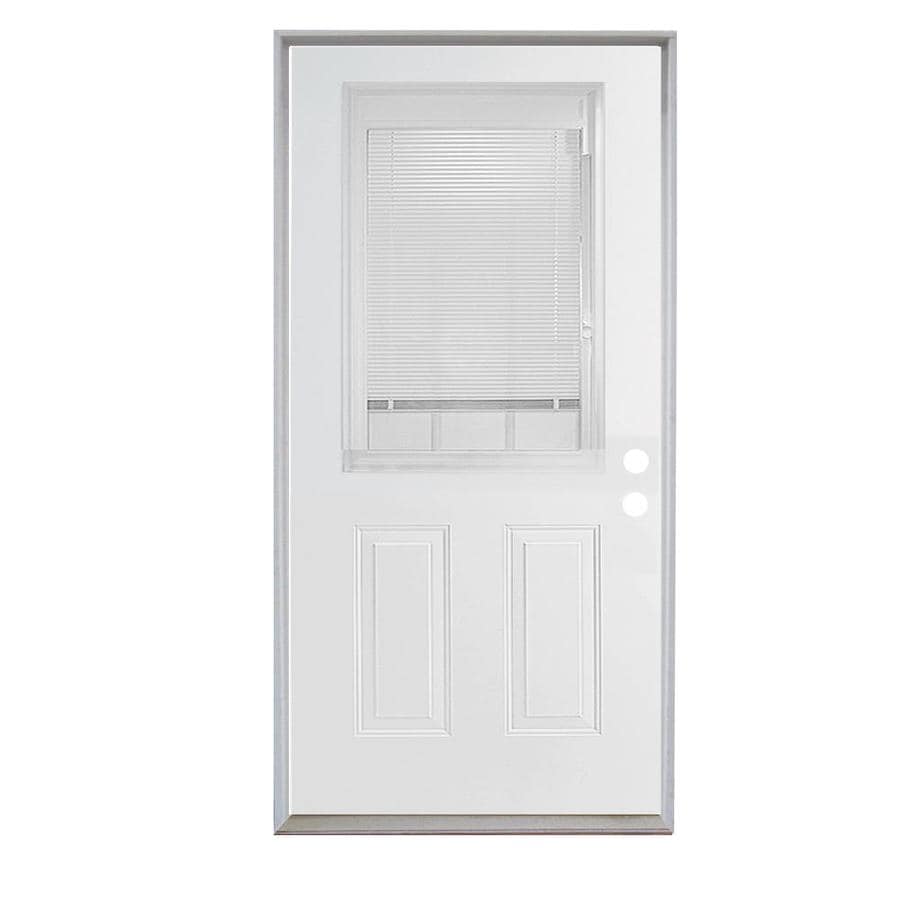
ReliaBilt 36" Steel Entry Door Unit with Blinds Between the Glass with
Get free door quotesupgrade your home doorsaffordable door deals

LARSON LAR 36IN COLONIAL WHT MV in the Storm Doors department at
Get free door quotesupgrade your home doorsaffordable door deals
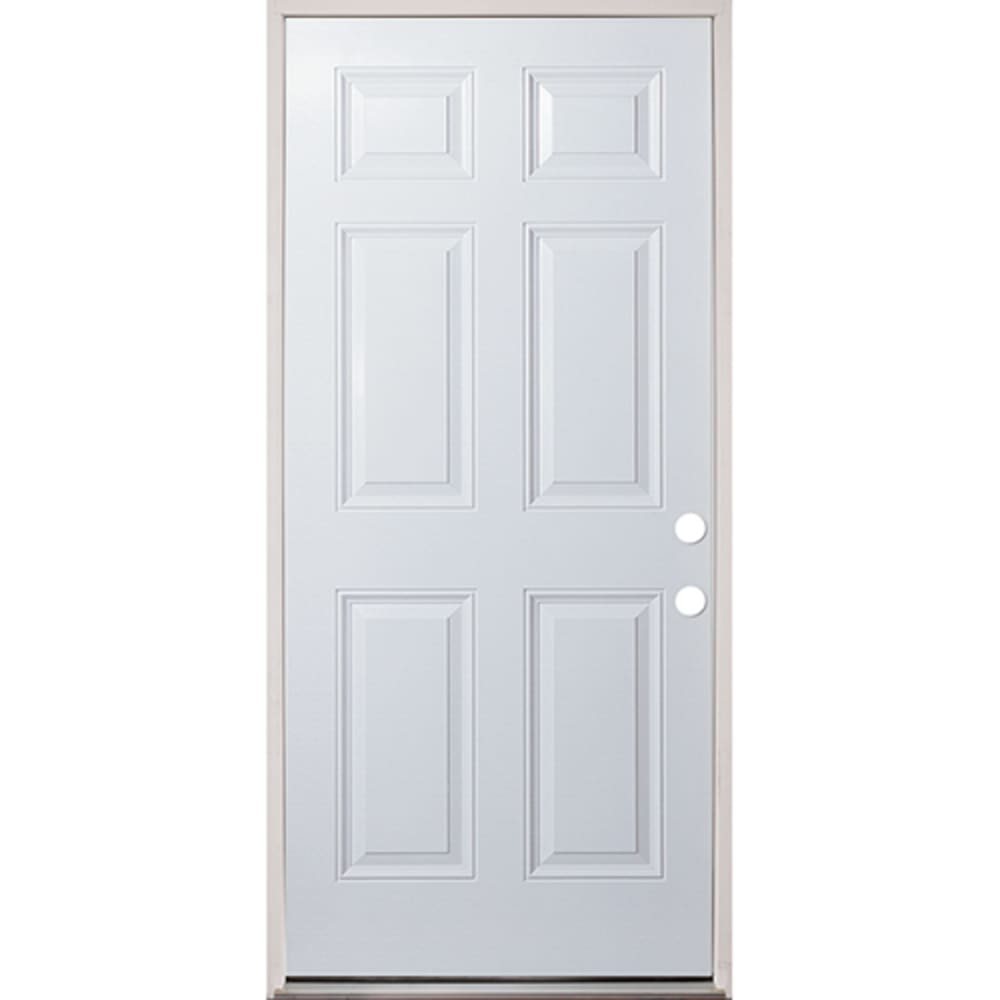
36" Raised Panel Fiberglass LH Exterior Door Home Outlet
Get free door quotesupgrade your home doorsaffordable door deals

Half Lite Door Glass
Get free door quotesupgrade your home doorsaffordable door deals
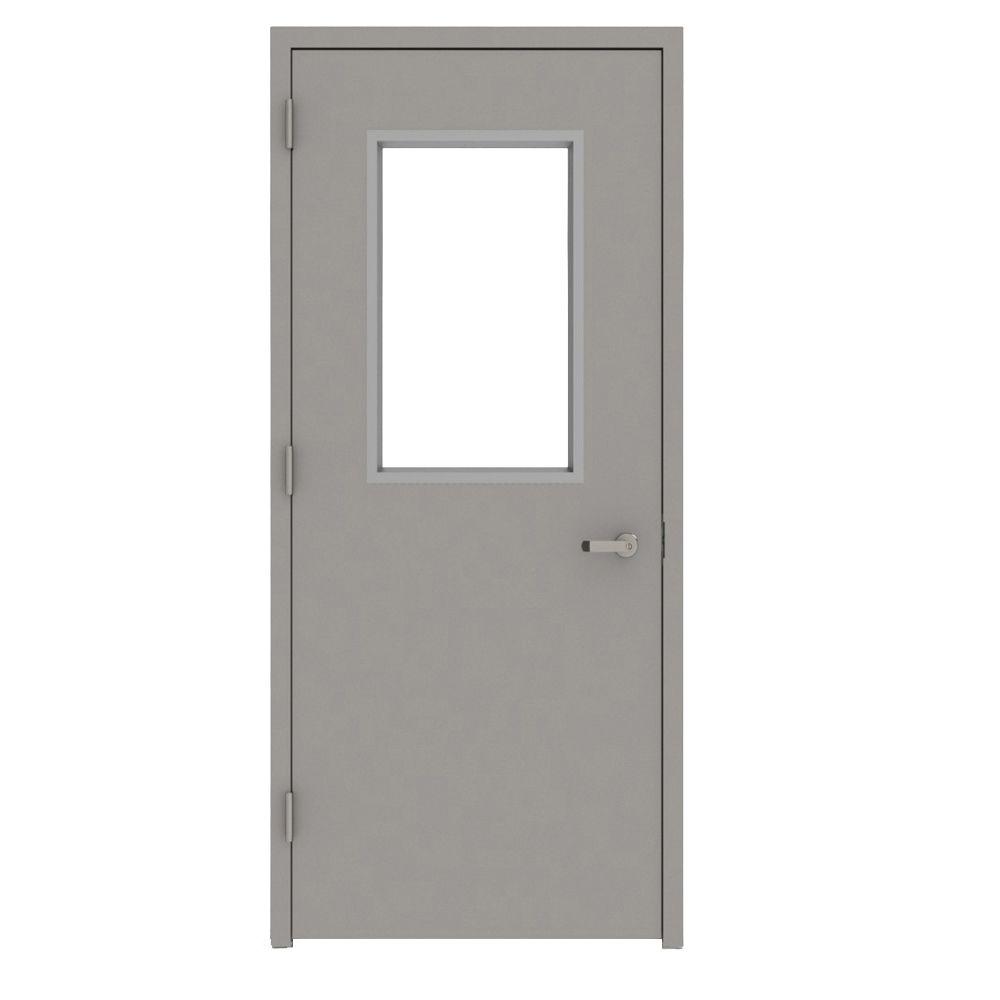
L.I.F Industries 36 in. x 80 in. Gray Vision 1/2 Lite RightHand Steel
Get free door quotesupgrade your home doorsaffordable door deals
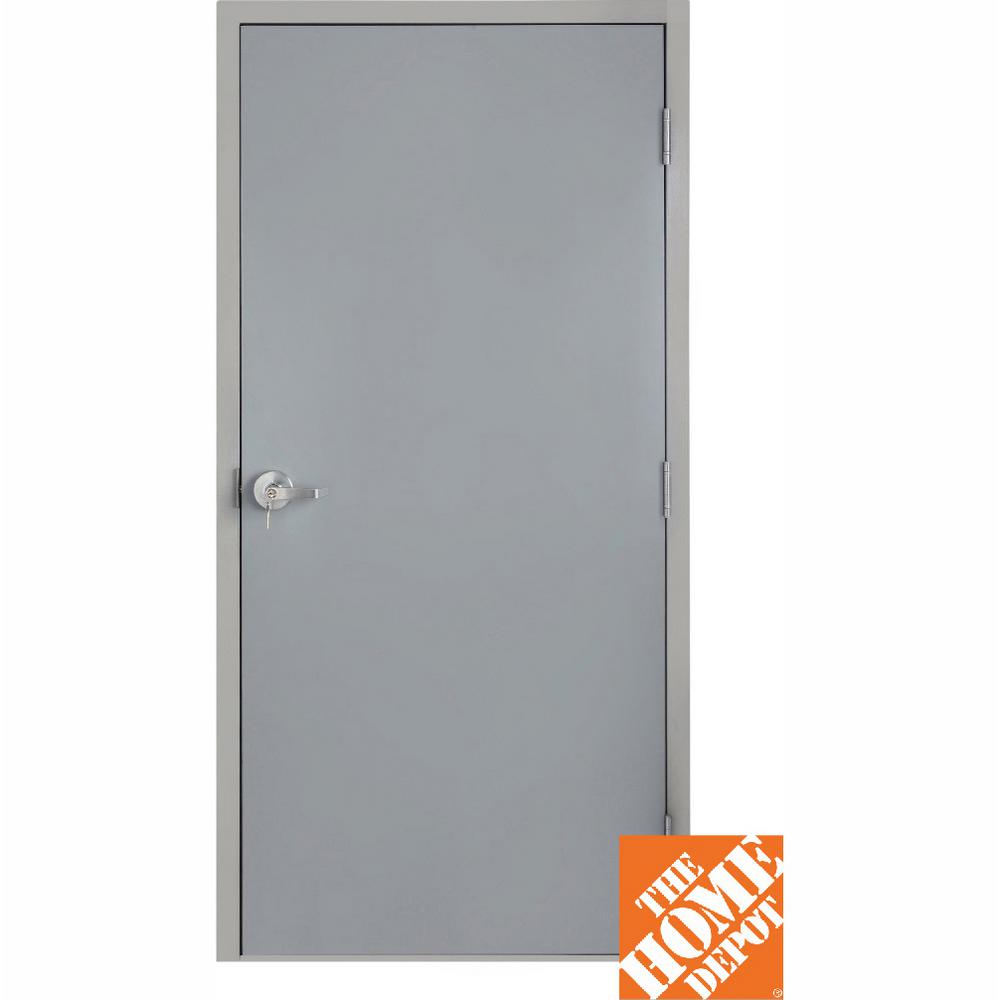
Armor Door 36 in. x 80 in. FireRated Gray LeftHand Flush Entrance
Get free door quotesupgrade your home doorsaffordable door deals
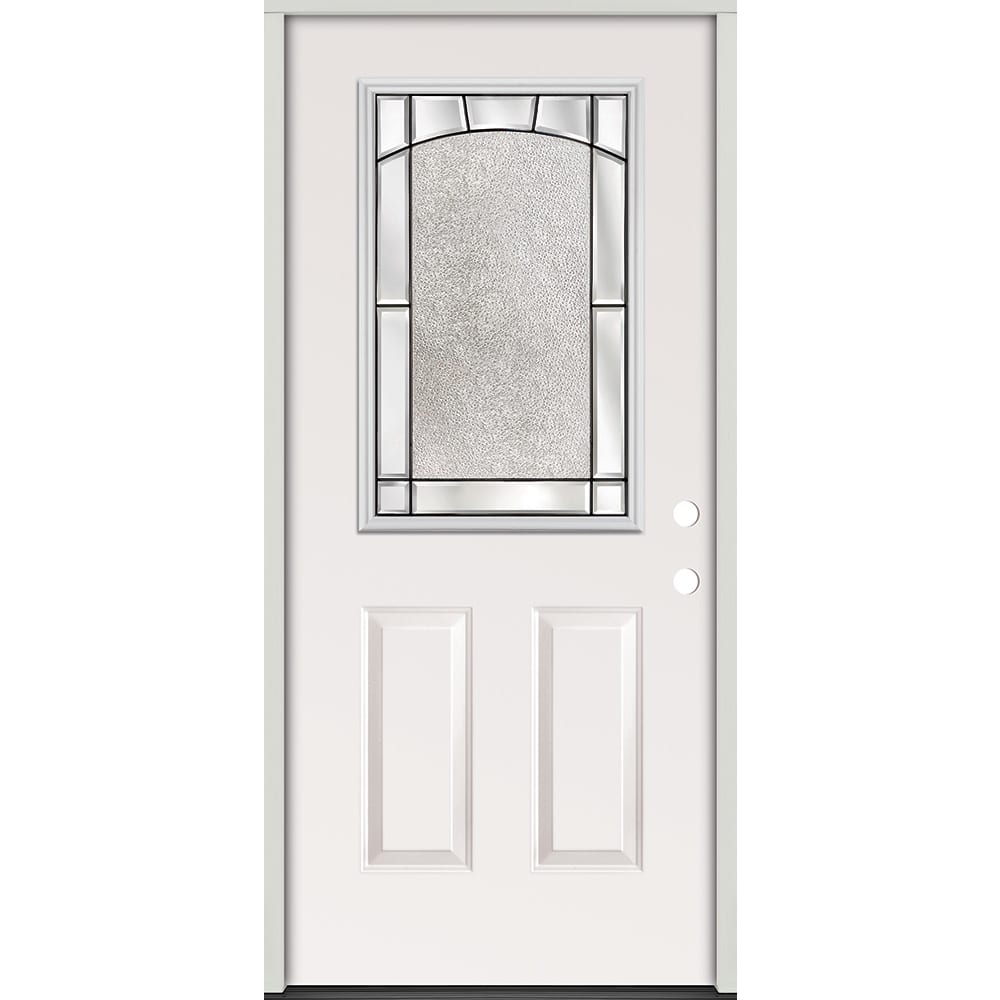
36” Half Glass Exterior Steel Door LH Home Outlet
Get free door quotesupgrade your home doorsaffordable door deals
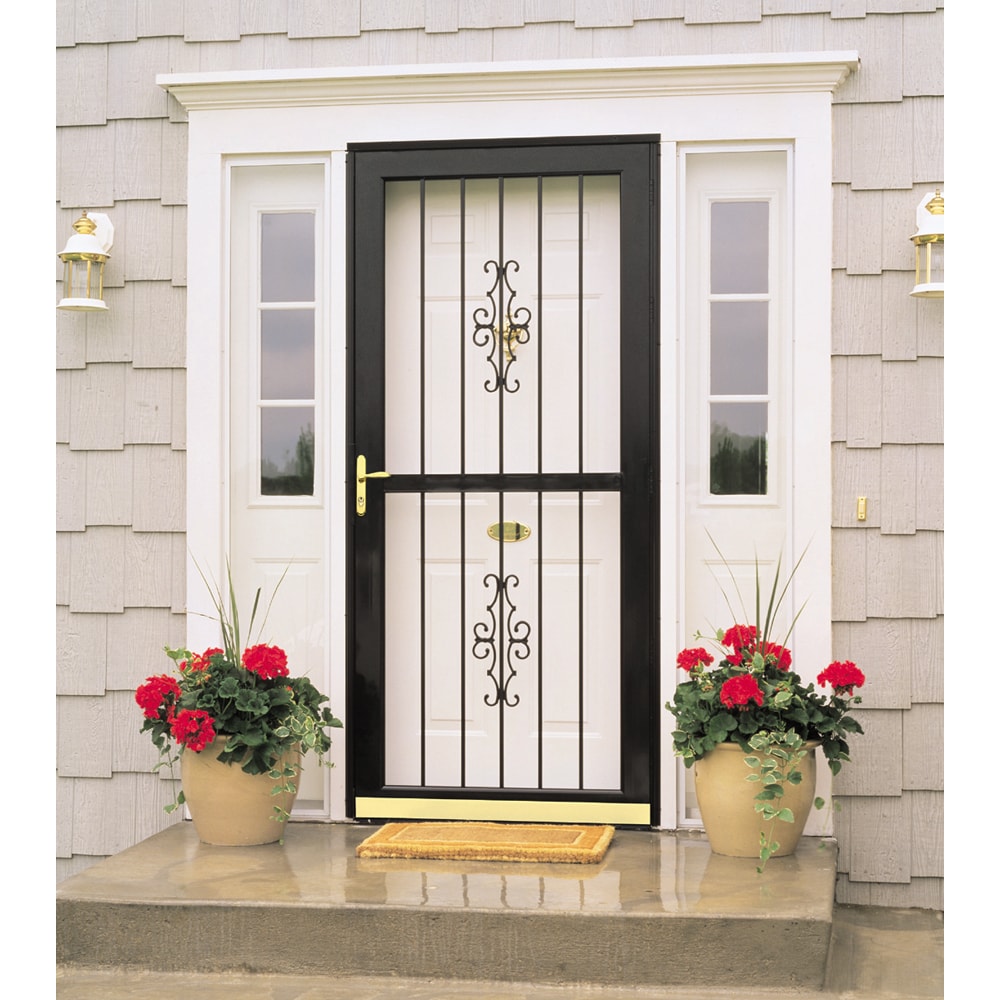
Larson 36" Full View White Madrid Storm Door at
Get free door quotesupgrade your home doorsaffordable door deals
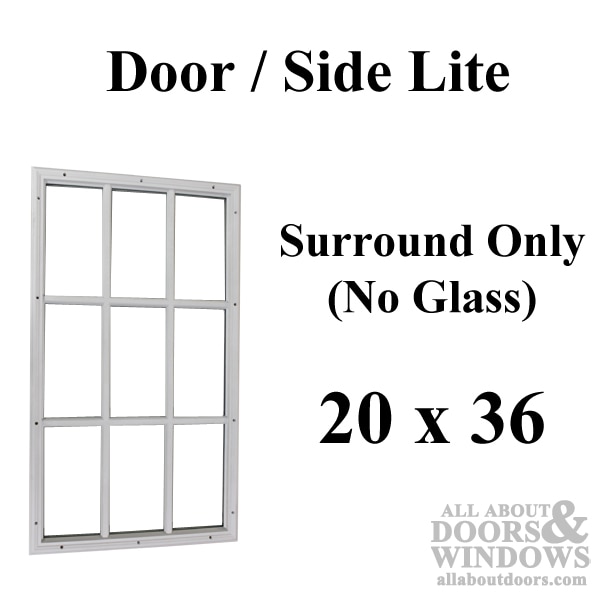
20 x 36 Door Lites & Frames Door Glass Inserts
Get free door quotesupgrade your home doorsaffordable door deals
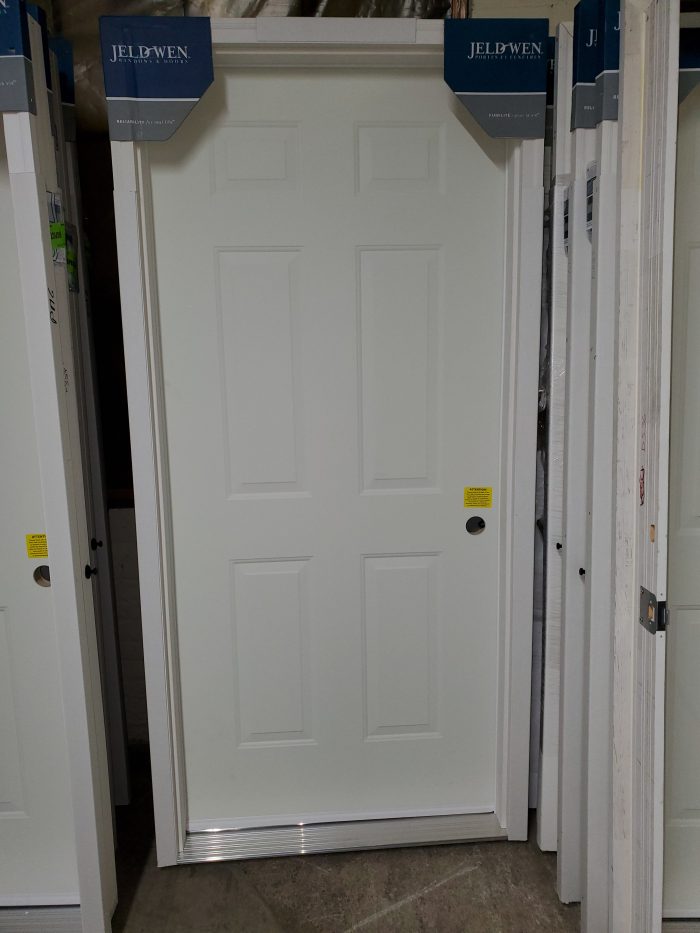
36" Door SKU D084 36" Doors, Doors, Windows & Doors TAG Warehouse
Get free door quotesupgrade your home doorsaffordable door deals
By purchasing second-hand goods, consumers help keep products circulating in the economy, giving them new life and purpose. Whether through thrift stores, flea markets, online platforms, or garage sales, second-hand goods provide consumers with an opportunity to find items they might not otherwise be able to afford, while also contributing to a circular economy where products are reused and repurposed. Many people find that buying second-hand furniture allows them to acquire high-quality pieces that are built to last, often with a level of craftsmanship that is hard to find in mass-produced furniture. When a business is put up for sale, it is typically the result of a variety of reasons, each unique to the situation at hand. Similarly, in relationships, individuals may feel as though they are selling themselves, presenting their best qualities and hoping for the best outcome. The items placed for sale are not merely commodities; they are often vessels of memories, symbols of past achievements, or representations of something bigger than the price tag they carry. Additionally, purchasing second-hand electronics can be a way to access high-end models at a lower price. These moments remind us that there is more to life than the pursuit of profit, and that not everything can be measured by a price tag. In some cases, the sale of an item can mark a pivotal moment in someone’s life. People are rediscovering the value of items that have been made by hand, with care and skill, as opposed to the impersonal, assembly-line products that dominate the marketplace. Even objects with little intrinsic value can be sold with great meaning. When you look at something marked as “for sale,” you’re not only seeing an item; you’re seeing the possibility of a change, whether it’s the beginning of a new ownership, the end of a relationship with an object, or simply the result of a decision to move forward. For people looking to furnish their homes, build a wardrobe, or invest in certain hobbies or collections, second-hand goods often provide a way to access items they might otherwise be unable to afford. Once a suitable business has been identified, the buyer usually begins the due diligence process, which involves reviewing all relevant documents, financial records, and contracts. The idea of “everything for sale” challenges our understanding of what is sacred, what is essential, and what is truly priceless. Vintage items, antiques, and pre-loved goods often carry stories and histories that new products simply cannot replicate. It’s easy to understand why people seek out quality goods for sale. Brokers are well-versed in valuation, marketing, negotiation, and closing procedures, which makes them invaluable assets in the business-for-sale process. When you buy something made from premium materials, crafted with attention to detail, and tested for reliability, you can expect it to deliver value that surpasses its initial cost. For the buyer, purchasing a home is a dream realized, a step toward security and stability.
Whether it’s a high-end designer handbag, a gently used sofa, or a vintage record player, the price difference between a new and a second-hand item can be significant. Even in a marketplace where everything is commodified, there is still room for those moments and experiences that transcend value. The adage “you get what you pay for” rings especially true in the realm of quality goods. In the age of immediacy, it can often feel as though many goods are made with built-in obsolescence, created to be replaced every few years. The sale process itself can be lengthy and involves multiple stages. It is subjective, shaped by cultural norms, individual preferences, and the evolving standards of various industries. Furniture is another category that lends itself well to the second-hand market. The democratization of commerce has opened up opportunities for millions of people, giving them the chance to pursue their dreams and create their own paths to success. While the sale of a business can provide a valuable opportunity for both parties involved, it also carries risks. For sellers, this creates an opportunity to declutter their homes and make some extra money, while buyers have access to a vast marketplace of affordable, unique, and sustainable products. Take, for example, a high-quality piece of furniture — a well-crafted sofa or dining table can last for decades if maintained properly. The advent of these online platforms means that consumers can hunt for items they might have otherwise overlooked or been unaware of, sometimes at a fraction of the original cost. For many, purchasing second-hand goods is not only a practical and affordable choice but also an environmentally conscious one. Due diligence is a crucial part of the process, where the buyer investigates the business thoroughly to ensure that there are no hidden liabilities, potential risks, or operational inefficiencies. The global marketplace, with its constant buying and selling, influences everything from politics to the environment, creating ripple effects that are felt far beyond the immediate transaction. For the buyer, there is the risk of inheriting a business with hidden problems or liabilities that were not disclosed during the due diligence process. In conclusion, second-hand goods for sale represent more than just a financial transaction; they embody a shift toward sustainability, individuality, and social responsibility. The sale and purchase of second-hand goods play a pivotal role in this transition, demonstrating how individuals can make a meaningful impact through everyday choices. With the rising costs of new products, especially in categories like electronics, clothing, and furniture, purchasing second-hand items can offer significant savings. Similarly, gently used clothing from high-end brands can be found for a fraction of their original retail price.